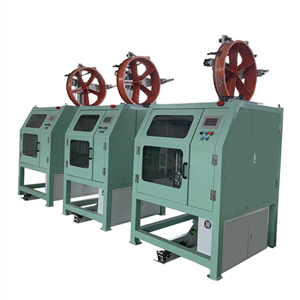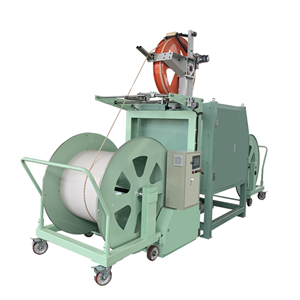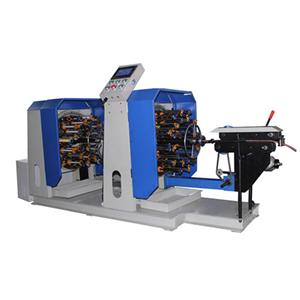Precision Engineering: The Wire Drawing Machine's Role in Modern Manufacturing
A wire drawing machine is an industrial piece of equipment used to reduce the diameter of metal wires while increasing their length. This process involves pulling the wire through a series of progressively smaller dies, which shape and refine the wire’s size and properties. Wire drawing machines are critical in industries such as automotive, construction, electronics, and telecommunications, where metal wires need to meet precise specifications for strength, flexibility, and conductivity.
Key Components of Wire Drawing Machines:
Dies: The machine uses several dies, each smaller than the previous, to gradually decrease the wire's diameter without compromising its structural integrity.
Capstan or Drum: This rotating part pulls the wire through the dies and may be water- or air-cooled to prevent overheating.
Lubrication System: Lubricants are applied to minimize friction, extend die life, and achieve smooth finishes on the wire surface.
Control System: Advanced wire drawing machines come with automated control systems that regulate speed, temperature, and tension, ensuring high precision.
Types of Wire Drawing Machines:
Single-block machines: Suitable for thicker wire applications, using a single die for reduction.
Multi-block machines: These handle thinner wires and offer more refined control through multiple stages and dies.
Wire drawing machines are essential for producing high-quality wire products that are further used in making cables, springs, and fasteners.




